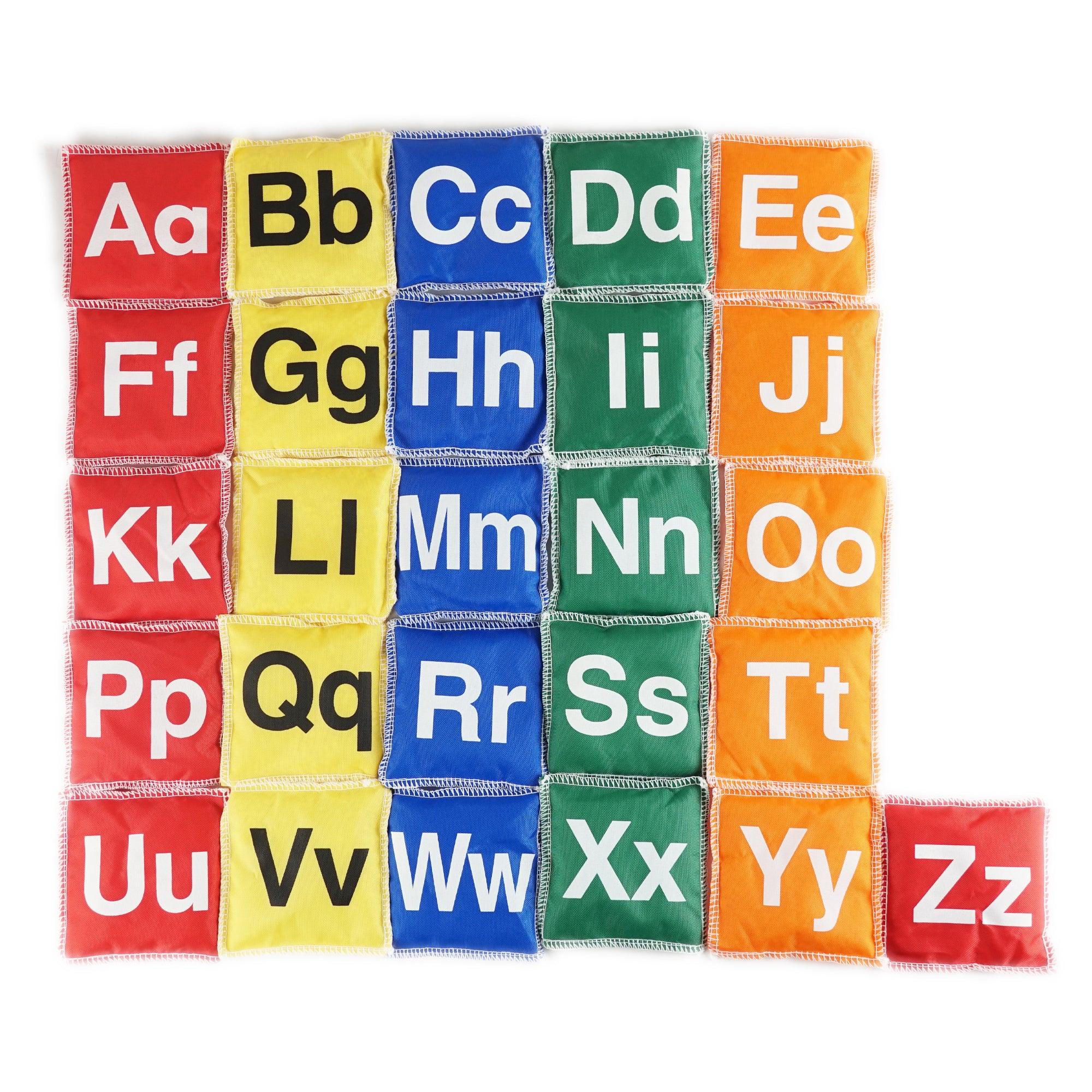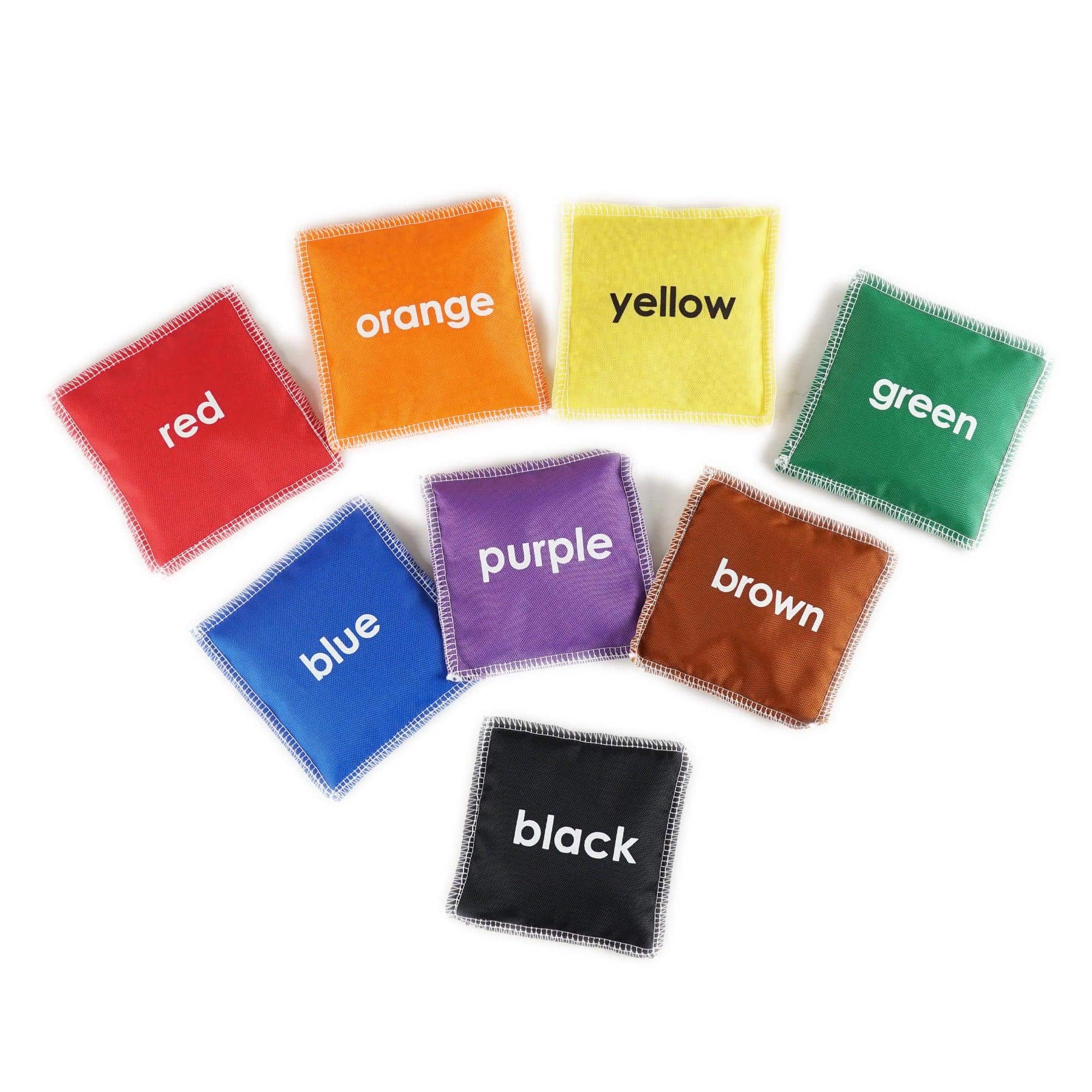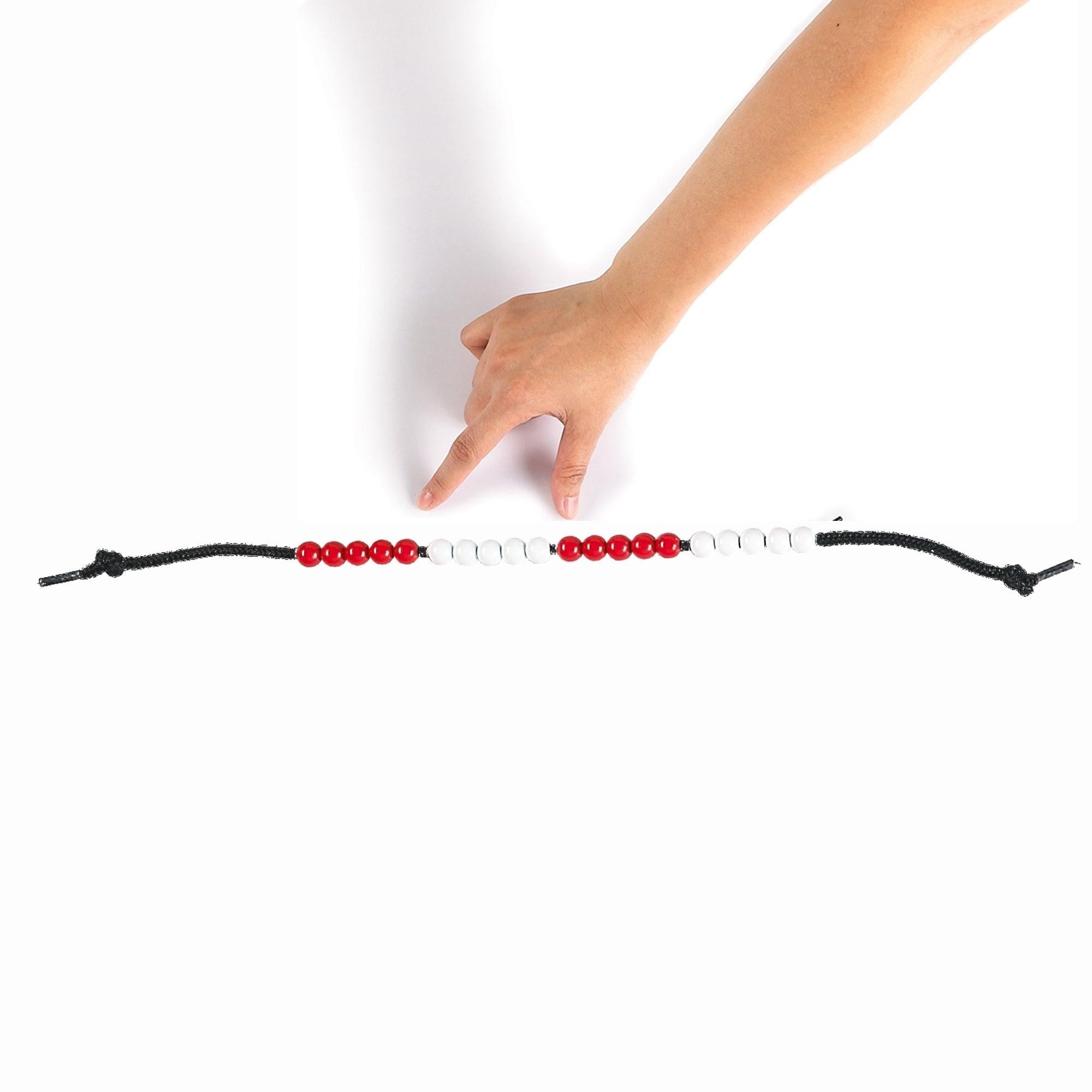The Role of Sensory Toys in Promoting Relaxation Techniques
Introduction
Sensory toys have become increasingly popular in recent years, not only for children but also for adults seeking relaxation and stress relief. These toys are designed to engage and stimulate the senses, providing a calming and soothing effect on the mind and body. In this blog article, we will explore the various features of sensory toys and how they can effectively promote relaxation techniques.
Features of Sensory Toys
Sensory toys come in different shapes, sizes, and colors, and they utilize various features to create a sensory experience that aids in relaxation. Some common features of sensory toys include:
- Textures: Sensory toys often incorporate different textures to provide tactile stimulation. They may have smooth, rough, bumpy, or squishy surfaces, allowing individuals to explore and experience different sensations.
- Sounds: Many sensory toys produce calming sounds, such as gentle melodies or nature sounds. These sounds create a peaceful ambiance and help individuals focus on their breathing and relaxation.
- Colors: Bright and vibrant colors can grab attention and improve mood. Sensory toys often feature a range of colors to provide visual stimulation and create a visually pleasing environment.
- Lighting: Some sensory toys utilize LED lights that change colors gently, producing a calming effect. This type of lighting helps individuals relax and achieve a meditative state.
- Weight: Sensory toys can have varying weights, from lightweight options to heavier ones. The weight can provide a comforting, grounding sensation, promoting relaxation and reducing anxiety.
- Motion: Certain sensory toys incorporate movement, such as spinning or swinging, to engage the senses. These motion-based toys can be captivating and divert attention, helping individuals find stillness and relaxation.
- Aromatherapy: Some sensory toys feature scented components or can be used with essential oils. Aromatherapy has been known to have a calming effect on the mind and body, making these toys ideal for relaxation.
Promoting Relaxation Techniques with Sensory Toys
Now that we understand the features of sensory toys, let’s explore how they can effectively promote relaxation techniques:
Mindfulness
Sensory toys provide individuals with a tangible focus point, helping them stay present in the moment. By interacting with the toy, individuals can practice mindfulness, paying attention to their senses and grounding themselves in the present experience. This practice is essential for relaxation and stress reduction.
Deep Breathing
Sensory toys can be used to facilitate deep breathing exercises. By combining slow, deep breaths with the tactile or auditory stimulation provided by the toy, individuals can enhance their relaxation response. The repetitive motions or sounds of the toy help individuals establish a rhythm for their breathing, promoting a sense of calm.
Sensory Stimulation
Sensory toys engage multiple senses simultaneously, creating a calming and immersive experience. This level of sensory stimulation can help individuals divert their attention from stressors and enter a state of relaxation. The textures, sounds, colors, and movements provided by sensory toys can effectively distract the mind and promote a sense of peace.
Anxiety Management
Sensory toys are often used as a coping mechanism for anxiety management. By providing a soothing tactile experience, these toys can redirect anxious energy and promote a sense of calm. The repetitive and soothing nature of manipulating sensory toys can act as a grounding tool, helping individuals manage their anxiety in stressful situations.
Sleep Aid
Sensory toys can also aid in improving sleep quality. By engaging the senses and inducing relaxation, these toys can help individuals unwind before bedtime. The calming effects of sensory toys can create a peaceful environment conducive to deep sleep, making them a valuable addition to a bedtime routine.
Conclusion
Sensory toys offer a variety of features that effectively promote relaxation techniques. From their diverse textures and colors to their calming sounds and movements, these toys engage the senses and create a tranquil environment. Incorporating sensory toys into relaxation routines can enhance mindfulness, deep breathing, sensory stimulation, anxiety management, and sleep quality. So, whether you’re a child or an adult, consider incorporating sensory toys into your relaxation practices to reap the benefits they provide.




